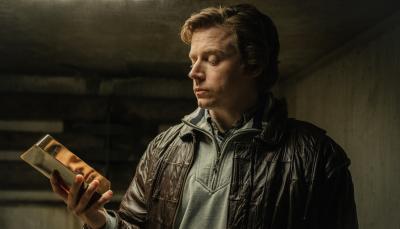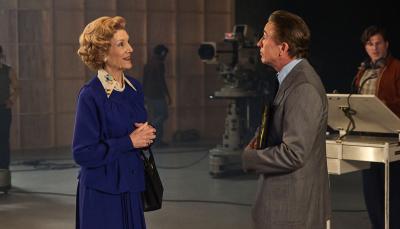Love British Humor? Try Jodi Taylor's 'The Chronicles of St Mary’s'
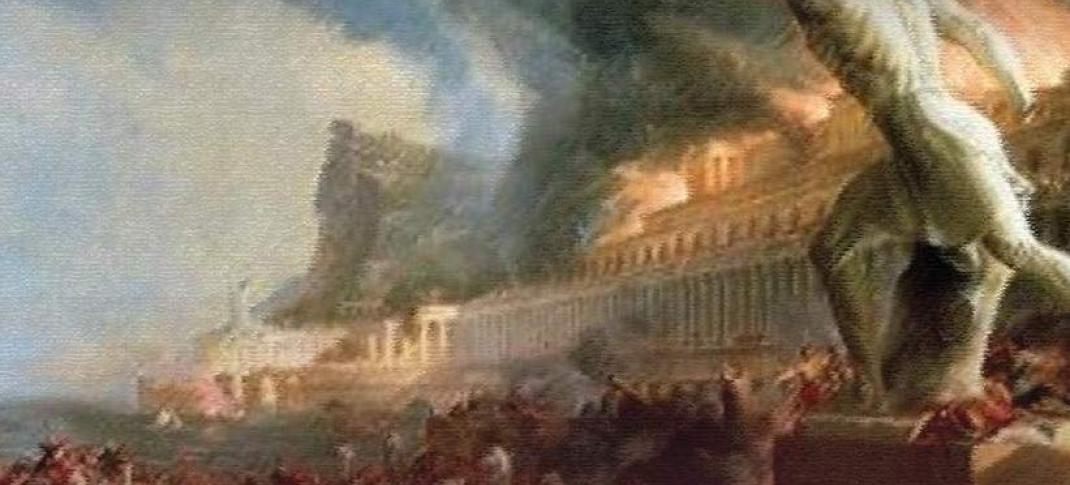
The Chronicles of St Mary’s is a riotous, funny, heart-breaking series by British writer Jodi Taylor, who has written eleven books with more to come, plus linked short stories, and a spin-off series. The Chronicles is about time travel—but please, that term is never used: St. Mary’s Institute for Historical Research, an adjunct of the University of Thirsk, conducts investigations of major historical events in contemporary time. The erudite, well-informed, and well-prepared historians of St. Mary’s are frequently described as tea-soaked disaster magnets, whose best intentions at serious research invariably go very, very wrong.
So, get yourself a nice cup of tea—tea fuels the books—and we’ll begin. The series begins when the learned Dr. Madeleine Maxwell (Max), an accomplished field archaeologist, is recruited by St. Mary’s, a venerable hall of academe which is not what it seems. As the series progresses (it is advisable to read them in order) you learn more about Max and her eccentric and lovable colleagues, her love interest Leon Farrell, and her epic struggle with renegade historian Clive Ronan. Although the books are outrageously funny, Taylor brings a depth of profundity to her comedy, celebrating courage and heroism, and making us believe that it is possible to survive difficult situations and heartbreak. It's no wonder that her writing is deservedly growing in popularity during these times.
Taylor sets up the background to the series admirably in each book, and, to her further credit, makes it fascinating and succinct every time. This present-day setting (or at least the present-day of the beginning of the series--things and times will change) is the near future. A few intriguing hints are dropped. The British monarch is now a king, and the country is recovering from a dark period in which the population, including many of the St. Mary’s staff, overthrew a fascist takeover.
At some point in the future, time travel will be practiced indiscriminately with disastrous results for the world as nations try to rewrite history. The Time Police will be formed to protect the timeline and restore it to its proper equilibrium because History does not tolerate attempts to change established events. If an anomaly in time is detected, the Time Police arrive dressed in black, heavily armed and shouting, and, unlike the St. Mary’s historians, making no attempt to blend in with the time period to the terror of any people around. (Max credits the endurance of world religions to unexpected visits by the Time Police.) Sometimes they rescue historians in trouble. There’s a scene of nail biting intensity when Max, kidnapped and abandoned by Ronan in a hostile desert environment, is rescued before giving birth in the Time Police’s pod, in that split second between two time periods. Needless to say, St. Mary’s and the Time Police share an uneasy alliance.
This striking London building is Time Team HQ. Well, why not? It’s about as likely, say, as it being converted to a major collection of modern art.
Much of the humor in the books is to do with the internal management of St. Mary’s, an institution which for all its high-tech activities still relies heavily on paperwork. Here’s Dr. Barlowe, the director, dealing with some paperwork the newest recruits have failed to fill out correctly:
Mr. Sussman; you are not a Jedi Knight. Kindly amend the details in Box 3- Religion…. Mr. Dieter, the claims made in the box marked “Other Interests” are physically impossible, and, in most of the civilized world, illegal. You also render yourself liable to prosecution for misuses of government property. Amend. Miss Black, there are two Ps in oppressed and only one N in minority. You are neither. Delete…. Miss Maxwell, please report to my office in thirty minutes and persuade Mr. Sussman to take time out from his religious conversion to accompany you. That is all. Dismissed.
“Just One Damned Thing After Another” (Book I)
St. Mary’s is quasi-militaristic in its chain-of-command and traditions. In particular, the historians' training is very similar to that depicted in many World War II dramas and documentaries, such as Netflix’s Churchill’s Secret Agents. However, St Mary’s recruits tend to be misfits from troubled or criminal backgrounds so possibly The Dirty Dozen is a better comparison. A grueling final exam tests recruits’ survival skills, predominantly their powers of deception, since if you don’t cheat, you don’t pass. Only then are they qualified to make jumps into the past, to record historical events.
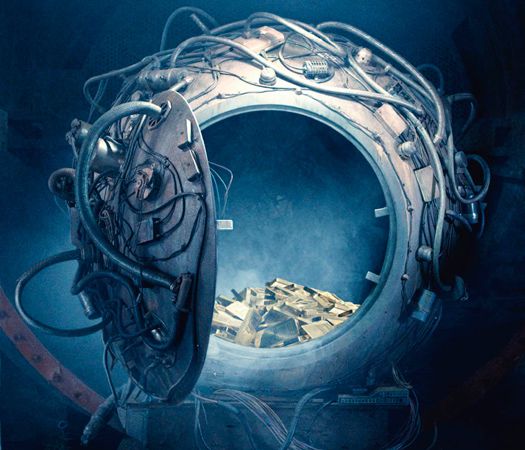
The pods which transport the historians are structures that resemble uninteresting stone huts, to blend into just about any historical environment, rather than sleek, futuristic vessels. Inside, they are dingy, the toilet generally stops working, and there’s an inexplicable smell of cabbage. Unlike the Tardis, they are not bigger inside than out, although it’s probably just as well.
The history is fascinating, and Taylor vividly describes the past in all its squalor and glory and heroism. Here’s her description of a dramatic moment in the siege of Troy, a beautiful piece of writing which combines the personal and the epic:
… here, in Troy, Hector was taking leave of his wife and son, both of them knowing in their hearts that this day would be his last and that Troy was doomed.
She clung to him, unable to let him go. He touched her cheek—a small gesture of comfort and courage.
The trumpets sounded again. Hector pulled on his helmet with its unique red horsehair plume and his little boy cried out in fear. Gone was the loving family man and in his place stood Hector the warrior, the hero of Troy, magnificent in his bronze armour, decorated with intricate gold patterns.
The gate opened. Long lines of Trojans marched out. The Greeks lined up to meet them.
It had begun.“A Second Chance” (Book 3)
You’ll discover some familiar and beloved tropes in the series as Taylor gives a nod to Harry Potter, Dr. Who and Star Wars, and sly references to Terry Pratchett, Douglas Adams, and Jasper Fforde. St. Mary’s, for instance, is a distant cousin of Hogwarts, with a vague advanced technology replacing magic skills. The ancient building houses plenty of eccentric academics, and serves old-fashioned British food (sausages, gravy, custard, lots of tea and biscuits). In addition, there are frequent references to popular culture—the historians are very fond of Queen, and other classic rock bands.
Here, Max and Sussman celebrate the news that they are to travel to the Cretaceous Period—yes, dinosaurs!—for very serious and important research:
I jumped onto a bench, lifted my head to the grey sky and shouted “Yes! Yes! Yes!” and began to sing, “We are the champions,” and play air guitar. Sussman cartwheeled off down the path and back again, whooping incoherently. I jumped off the bench, met him as he straightened up, and the two of us hugged, jumping up and down together until we got tangled up and fell over. I was on the bottom, still shouting “Yes! Yes! Yes!” as Chief Farrell came around the corner. The ground never opens up and swallows you when you need it to.
“Just One Damned Thing After Another” (Book I)
Jodi Taylor’s humor ranges from silly slapstick—she’s particularly fond of disastrous experiments into historical technology by eccentric rival academics—to puns and wordplay, all with a wonderful, witty turn of phrase:
Helen, in a white coat and stethoscope, effortlessly achieving the sort of discipline for which lesser women would require black leather and a hunting crop, indicated we should form a line. Being St. Mary’s, we formed several clumps and a rhomboid.
“A Second Chance.” Book 3
Like all great comic writers, she can turn on a dime from comedy to something much darker and more profound :
Sad, but that’s the way it is. All empires fall sooner or later. I’ve said it before – a large part of our job is watching people die. We read of these events in the History books and it’s all a comfortably long time ago. And yes, I know—out of destruction comes new beginnings—other people have their chance to flourish—but, it’s not easy to watch. Nor should it be.
"Plan For The Worst" (Book 11)
As you learn more about Max and Leon and their colleagues, it is wrenching when a character is lost (historians’ life expectancy is not great). Time and History being what they are, though, it may not be the end, even when things appear to be at their bleakest.
Is there a TV series in the future? Probably not, and Jodi Taylor herself is very ambivalent about a dramatization, but fans are busy casting, roleplaying, and having fun online. You can even, if you wish, you can join the Virtual St. Mary’s.
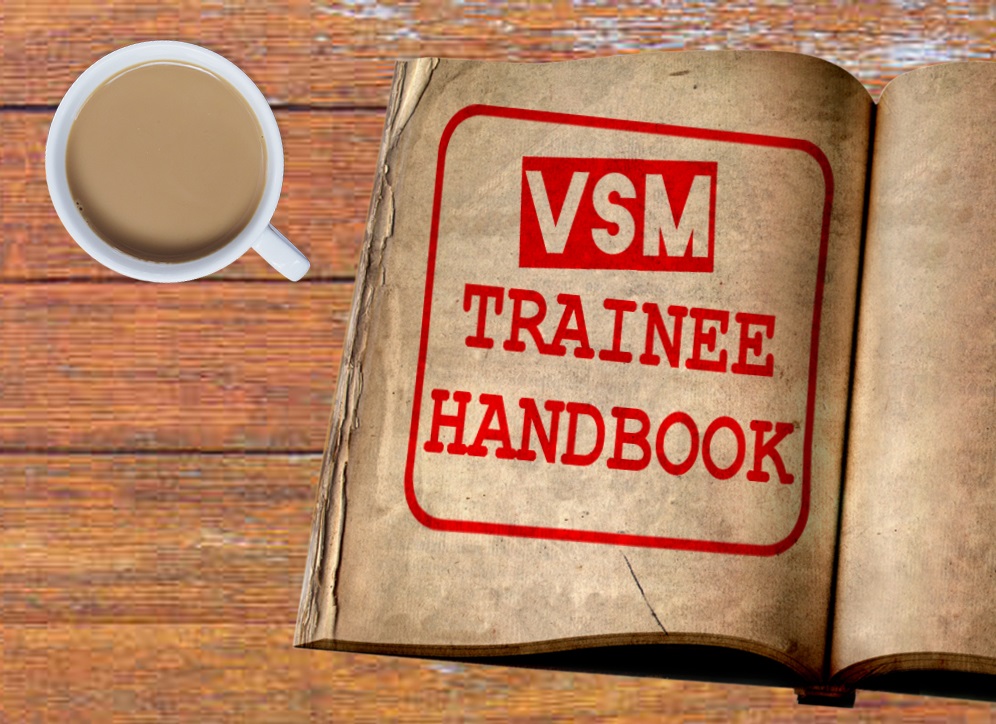
© Virtual St Mary’s Institute for Historical Research.
There is, however, a dramatized version from Audible of Just One Damned Thing After Another (Book 1) featuring some very familiar names/voices: Gemma Whelan (Killing Eve, Game of Thrones), Ben Miles (Collateral, The Crown), and Jonathan Bailey (W1A, Broadchurch), with Zara Ramm narrating as Max. Here the actors discuss the project:
Have you read The Chronicles of St. Mary's? What do you think makes the series so strong? What other time travel books have you enjoyed? And if you've dreamed of time-travel, what historical period would you like to visit?


